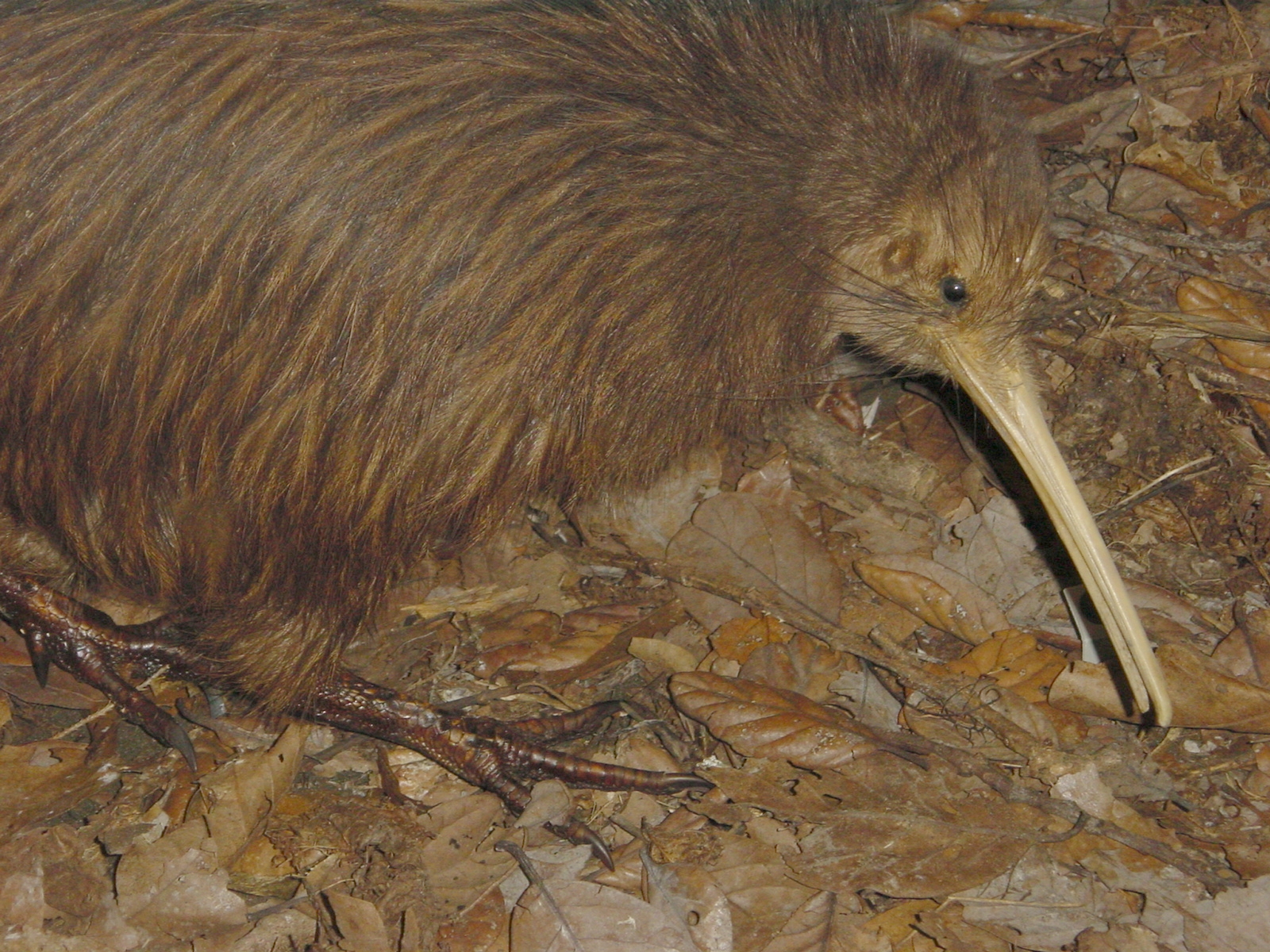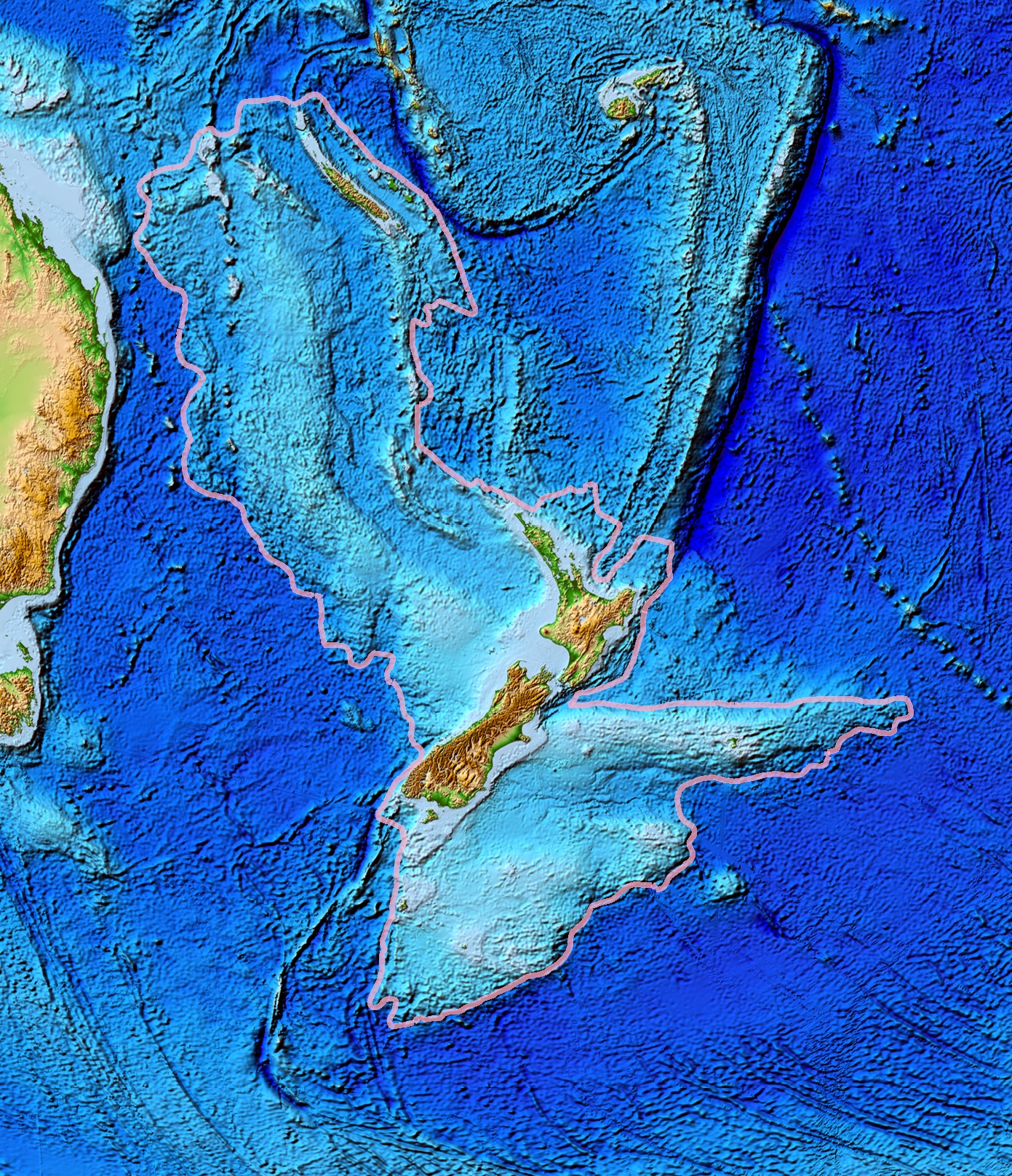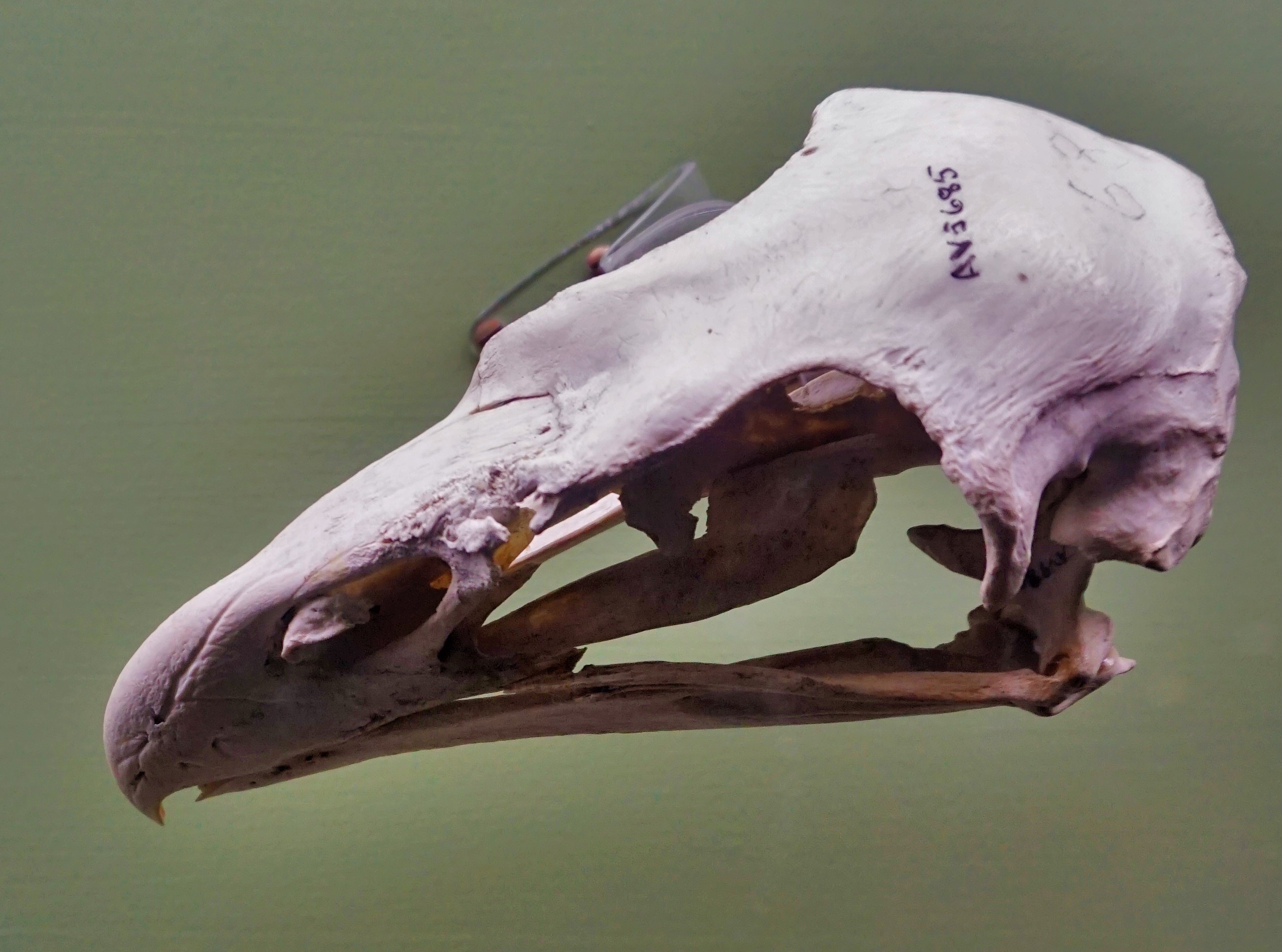Listen to Episode 86 on PodBean, Spotify, YouTube, or wherever podcasts are sold!
In the South Pacific Ocean, there is a family of islands that have been isolated since the Cretaceous Period. Now and in the distant past, it’s been home to some of the most unique and fascinating ecosystems on Earth. This episode, we explore the history and the evolution of New Zealand.
In the news
Living lizard provides clues to the transition from egg-laying to live birth.
Giant Cretaceous sharks’ extinction may have come down to their development.
Monkeys rafted from the Old World to the New World … twice?
The evolution of ears in marine crocs vs whales.
New Zealand
The country of New Zealand consists of two main islands surrounded by hundreds of smaller ones, located on a mostly sunken section of continental crust known as Zealandia. It sits in the center of what is known as the Water Hemisphere, the half of the globe that contains the highest percentage of water.
These islands host a variety of ecosystems, inhabited by an abundance of plants and animals that are found nowhere else in the world (they’re endemic to New Zealand). As we’ve discussed, evolution gets weird on islands, and this is no exception; New Zealand’s wildlife tends to be a bit strange.


Like many islands, New Zealand is missing a lot of diversity seen elsewhere. There are numerous species of lizards, but only geckos and skinks, and there are no native snakes or crocodilians at all. There are only four species of New Zealand frogs, all in the genus Leiopelma, a group that goes through the tadpole phase inside the egg and hatch as little froglets. The only mammals native to the region are two species of bats, while a diversity of birds (including many flightless species) have adapted to fill ecological roles we would expect to see from mammals.


Many of these native species have been pushed to the brink of extinction (or beyond) by the introduction of invasive species by humans.
History

The rocky foundation of New Zealand had begun forming as far back as the Cambrian, and it spent most of its history as part of the southern supercontinent Gondwana, which also included Australia, Antarctica, Africa, and South America.
Gondwana began to come apart toward the end of the Mesozoic Era, and by 75 million years ago, Zealandia had split apart from the rest. For a while, some famous Mesozoic animals still persisted in the region, as evidenced by fragmentary fossils and trackways of dinosaurs and marine reptiles.
By 65 million years ago, New Zealand was fully isolated, allowing the evolution of unique varieties of plants and animals. During the Oligocene Period (34-23 million years ago), nearly all of Zealandia was underwater, but as the land rose again during the Miocene, we see some familiar ecosystems arise.
Fossils
The St. Bathans fossil deposit preserves an excellent record of early Miocene life on New Zealand, including the giant flightless parrot Heracles inexpectatus and the possibly flighted kiwi, Proapteryx, as well as some of the earliest moas, a group of giant flightless birds that served as primary ground herbivores and lived on New Zealand until the 1500s. This fossil site also preserves evidence of animals that no longer live on the islands, like mekosuchian crocodiles up to 10 feet (3 meters) long and at least one species of a very strange mammal that doesn’t belong to any living lineage.

In the Pleistocene, we see the arrival of another group of famous giant birds: Haast’s eagles. These were the dominant predators on New Zealand for quite some time, growing as large as 30 lbs (15kg), with wingspans up to 8.5 feet (2.5 meters). These birds of prey were driven to extinction along with the moas by the 1500s.

If you’d like to learn more check out these links:
Kea – Mountain Parrot Documentary
How New Zealand’s Glaciers Shaped The Origin of the Kiwi Bird
Waimanu – 60-million year old penguins from New Zealand
Dead as the moa – oral traditions show that early Māori recognised extinction
—
If you enjoyed this topic and want more like it, check out these related episodes:
- Episode 4 – Island Evolution
- Episode 37 – Evolution of Birds
- Episode 144 – Evolutionary Gigantism and Dwarfism
- Episode 55 – The “Sixth Extinction” (Modern Biodiversity Crisis)
We also invite you to follow us on Twitter, Facebook, or Instagram, buy merch at our Zazzle store, join our Discord server, or consider supporting us with a one-time PayPal donation or on Patreon to get bonus recordings and other goodies!
Please feel free to contact us with comments, questions, or topic suggestions, and to rate and review us on iTunes!